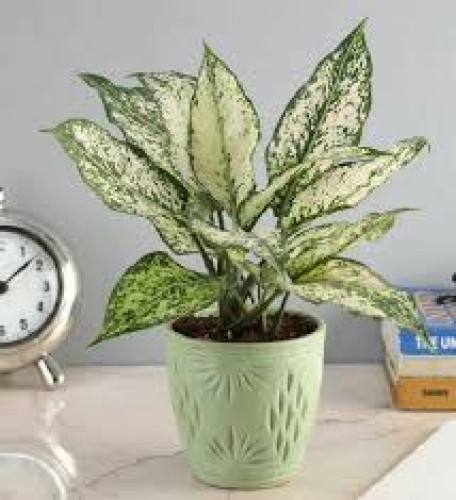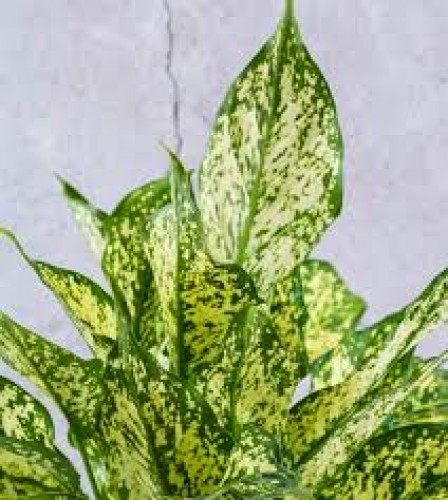60%
off
off
-
Sold
-

-

out
Aglaonema Plant (Chinese Evergreen)
Uses
- Indoor Decoration: Adds elegance with its vibrant, patterned foliage.
- Air Purification: Removes toxins like formaldehyde and benzene from the air.
- Feng Shui & Vastu: Symbolizes good luck and prosperity; often placed in homes and offices for positive energy.
Care Guide
- Light: Thrives in low to medium indirect light; avoid direct sunlight to prevent leaf scorching.
- Watering: Allow the top inch of soil to dry out between waterings; overwatering can lead to root rot.
- Soil: Prefers well-draining soil; a mix of perlite, compost, and coco coir is ideal.
- Temperature: Optimal range is between 18–27°C (65–80°F); avoid temperatures below 15°C (59°F).
- Humidity: Prefers high humidity but can adapt to average indoor levels.
- Fertilization: Feed with a balanced liquid fertilizer diluted to half strength once a month during the growing season.
Benefits & Advantages
- Low Maintenance: Ideal for beginners and busy individuals; requires minimal care.
- Air Purifier: Enhances indoor air quality by removing common pollutants.
- Aesthetic Appeal: Diverse leaf patterns and colors make it a visually appealing addition to any indoor space.
- Adaptability: Can thrive in various indoor conditions, including low light and varying humidity levels.
- Stress Reduction: The presence of greenery can reduce stress and enhance mood and productivity.
Key Features
- Variegated Foliage: Leaves exhibit a range of colors and patterns, including green, silver, red, and pink.
- Compact Growth: Typically grows between 1 to 4 feet in height and spread, making it suitable for small spaces.
- Longevity: With proper care, Aglaonema can thrive for many years.
- Versatility: Suitable for various indoor settings, including homes, offices, and commercial spaces.
Considerations
- Toxicity: Aglaonema contains calcium oxalate crystals, which can be toxic if ingested by pets or humans; keep out of reach of children and animals.
- Overwatering Risks: Excessive watering can lead to root rot; ensure the soil dries out between waterings.